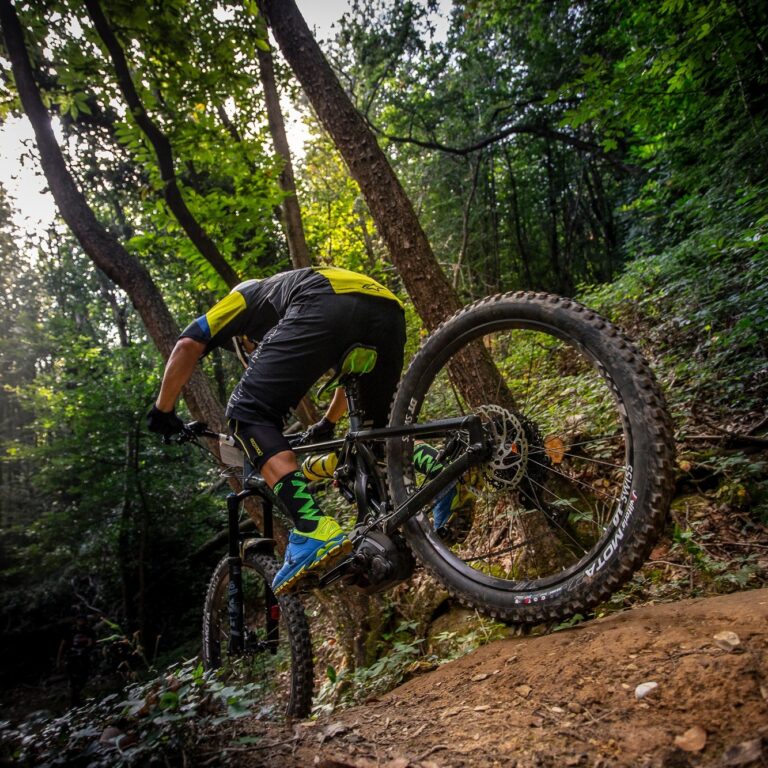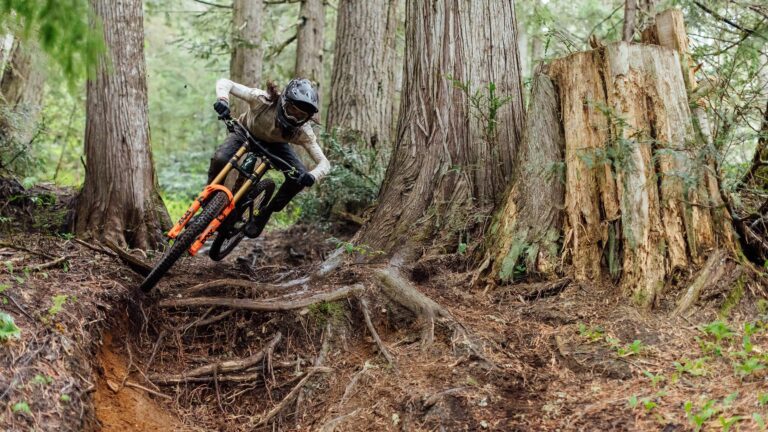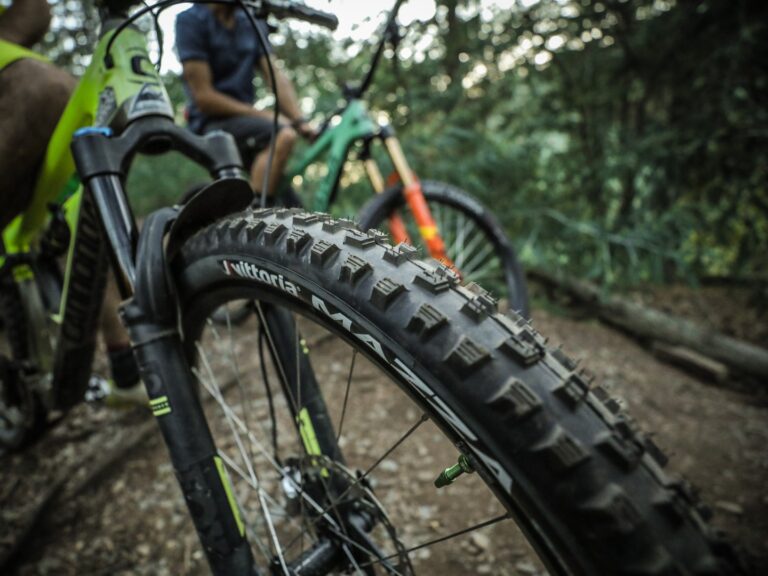Navigating Weight Impact on Cross Country Bike Tires
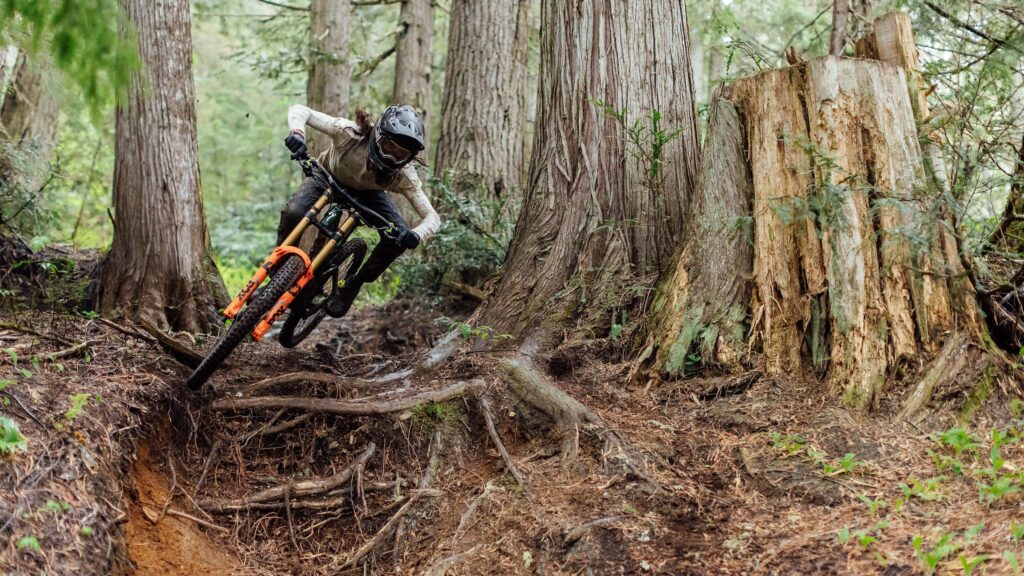
Key Point Summary of Weight Impact on Cross Country Bike Tires:
- Tire Weight and Performance: Heavier tires can offer more durability and puncture resistance, which is crucial for rough terrains, but they also make pedaling more strenuous and can slow you down.
- Agility and Handling: Lighter tires improve the bike’s handling and responsiveness, allowing for quicker turns and more agile movements, essential for navigating technical trails.
- The Balancing Act: Finding the right tire weight involves balancing the need for speed and agility with the demands for durability and puncture resistance on varied terrains.
- Impact on Climbing: Lighter tires can make climbing easier, as there’s less rotational mass to move upwards, improving efficiency on steep ascents.
- Rider Experience and Preference: Personal experience and riding style play a significant role in choosing the ideal tire weight, as comfort with the bike’s handling can influence performance more than the tire’s actual weight.
As a master cyclist with years spent racing and riding across a variety of terrains on mountain bikes, gravel bikes, and cyclocross bikes, I’ve developed a nuanced understanding of how different components of a bike can significantly impact performance. One area that often gets overlooked, especially by beginner to mid-level cyclists, is the impact of tire weight on cross-country biking. Through my journey, I’ve discovered how pivotal tire choice can be, not just for racing but for the sheer joy of riding.
Delving deeper into my experiences, I’ve always been fascinated by how even minor adjustments to my bike setup can lead to significant changes in my riding experience. When it comes to cross-country biking, tire weight is one such adjustment that has had a profound impact on my performance and enjoyment of the sport.
Tire Weight and Performance
Early in my cycling journey, I often opted for the heaviest, most durable tires I could find, valuing longevity and puncture resistance above all else. It was a logical choice, given the rugged terrain I was eager to tackle. However, I quickly realized that these heavy tires required much more effort to pedal, particularly noticeable on long climbs and during accelerations. The additional weight of the tires added to the rotational mass, making my bike feel sluggish and harder to maneuver. This was a crucial lesson in how tire weight could directly influence my speed and stamina over long distances.

Agility and Handling
As I experimented with lighter tires, the difference in handling was night and day. The reduced weight allowed for quicker steering responses and made the bike feel more lively underneath me. I remember one particular race where the switch to lighter tires allowed me to navigate a series of tight switchbacks with much greater ease than my competitors, who were struggling with the bulk of heavier setups. It was a pivotal moment that underscored the importance of agility in competitive cross-country biking.
The Balancing Act
Over time, I’ve learned that choosing the right tire weight is a delicate balancing act. On one hand, you want your bike to be light and agile for quick maneuvers and efficient climbing. On the other, too light a tire can compromise durability and increase the risk of punctures, which can be detrimental in the middle of a race or a remote trail. I’ve found my sweet spot through trial and error, considering the specific conditions of each ride. For instance, on smoother, less technical courses, I might opt for lighter tires to maximize speed and efficiency. In contrast, for rugged, rocky trails, a slightly heavier tire that can withstand the punishment becomes indispensable.

Impact on Climbing
One area where tire weight plays a crucial role is in climbing. Lighter tires mean less rotational mass to propel upwards, which can make a noticeable difference on steep ascents. I recall a grueling mountain race where my choice of lighter tires likely made the difference between standing on the podium and watching from the sidelines. The ease with which I could maintain a steady pace uphill, while others around me seemed to struggle, highlighted how critical tire weight can be in specific cycling disciplines.
Rider Experience and Preference
Ultimately, the right tire weight is highly personal and depends on a rider’s experience, riding style, and the specific demands of their chosen trails. What works for me might not work for another cyclist with a different physique or technical skill set. I encourage every rider to experiment with various tire weights to find what feels best for them. It’s also essential to consider how tire weight interacts with other factors like tire width, tread pattern, and air pressure, as these can also influence performance and comfort.
In conclusion, the impact of tire weight on cross-country biking cannot be overstated. It influences not just the performance and efficiency of the bike but also the rider’s comfort and confidence on the trail. Whether you’re a beginner looking to optimize your setup for your first race, or a mid-level cyclist aiming to refine your ride, understanding and experimenting with tire weight can lead to significant improvements in your biking experience.
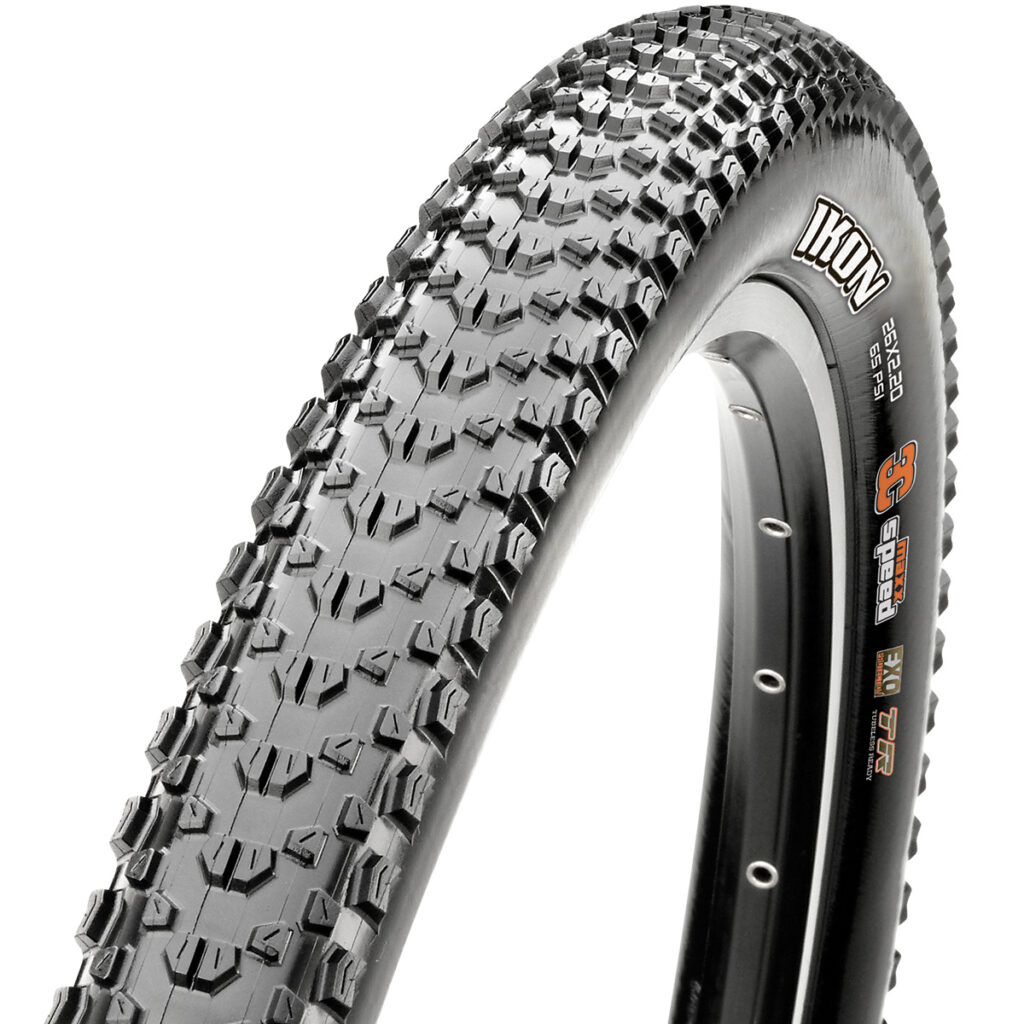
When it comes to a specific tire recommendation that embodies this balance, I’d suggest the Maxxis Ikon. This tire is a standout choice for cross-country racing due to its excellent blend of lightweight, durability, and traction. The Ikon is designed with a high-volume casing and a fast-rolling tread design, providing a superb ride quality on a wide range of surfaces. Its 3C Triple Compound technology further enhances grip and tread wear, making it a versatile option for both competitive racing and leisurely trail rides. The Ikon also features EXO protection, offering added durability and puncture resistance without significantly increasing the weight.
In essence, the best XC tire for racing is one that you’ve tested and feel confident with across the terrains you’ll encounter. It’s about finding that sweet spot where the tire’s weight doesn’t bog you down on climbs or sprints, its tread pattern keeps you glued to the trail when cornering or navigating technical sections, and its durability keeps you rolling through the finish line without issues. Brands like Schwalbe, Maxxis, and Continental often have specific models designed for XC racing that meet these criteria, such as the Schwalbe Racing Ralph, Maxxis Ikon, or Continental Race King, but the ideal choice varies based on personal preference and course specifics.
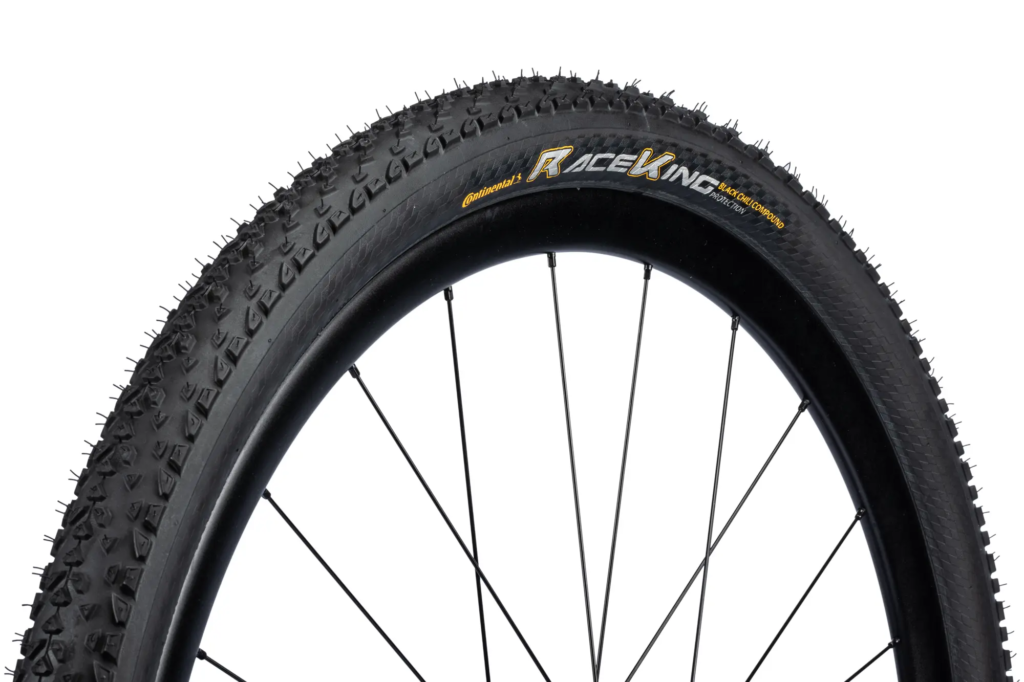
FAQ
How much does bike weight matter in XC?
Bike weight plays a significant role in cross-country (XC) mountain biking. Lighter bikes are easier to accelerate, climb, and maneuver, making them faster and more efficient, especially on steep and technical terrains.
How much does bike tire weight affect speed?
Tire weight significantly affects speed in XC biking. Lighter tires can improve acceleration, make climbing easier, and enhance handling, contributing to faster overall speeds. However, the right balance between weight, durability, and grip is crucial.
How much difference does 1kg make on a road bike?
Adding or removing 1kg on a road bike can have a noticeable impact, especially on climbs. Lighter bikes require less energy to propel forward and upward, potentially improving climbing speed and overall ride efficiency.
How much do XC tires weigh?
XC tires typically weigh between 600 to 800 grams. The exact weight depends on the tire’s dimensions, construction, and whether it’s designed for front or rear use. Lighter tires are favored for racing due to their performance benefits, but must also balance durability and puncture resistance.
Happy riding!
John


